Joshua Patterson
Bringing UMAP Closer to the Speed of Light with GPU Acceleration
Aug 01, 2020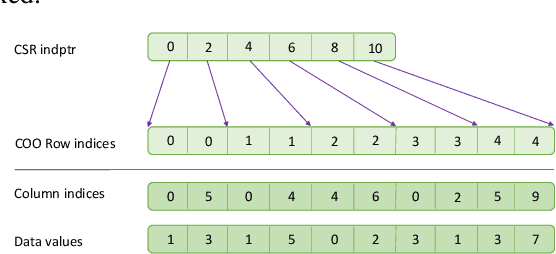
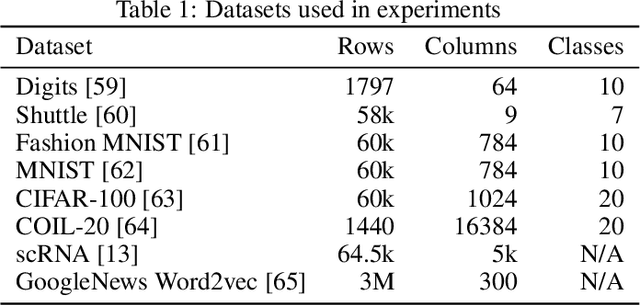
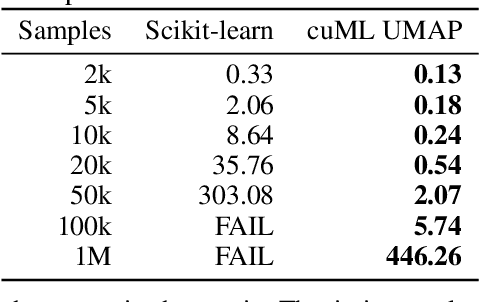
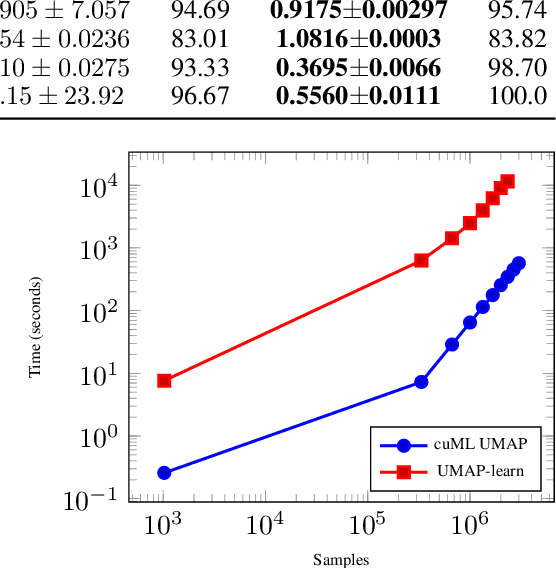
Abstract:The Uniform Manifold Approximation and Projection (UMAP) algorithm has become widely popular for its ease of use, quality of results, and support for exploratory, unsupervised, supervised, and semi-supervised learning. While many algorithms can be ported to a GPU in a simple and direct fashion, such efforts have resulted in inefficent and inaccurate versions of UMAP. We show a number of techniques that can be used to make a faster and more faithful GPU version of UMAP, and obtain speedups of up to 100x in practice. Many of these design choices/lessons are general purpose and may inform the conversion of other graph and manifold learning algorithms to use GPUs. Our implementation has been made publicly available as part of the open source RAPIDS cuML library(https://github.com/rapidsai/cuml).
Machine Learning in Python: Main developments and technology trends in data science, machine learning, and artificial intelligence
Feb 12, 2020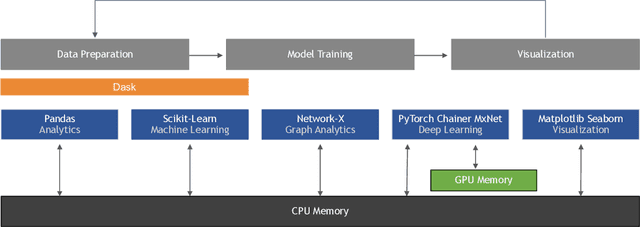
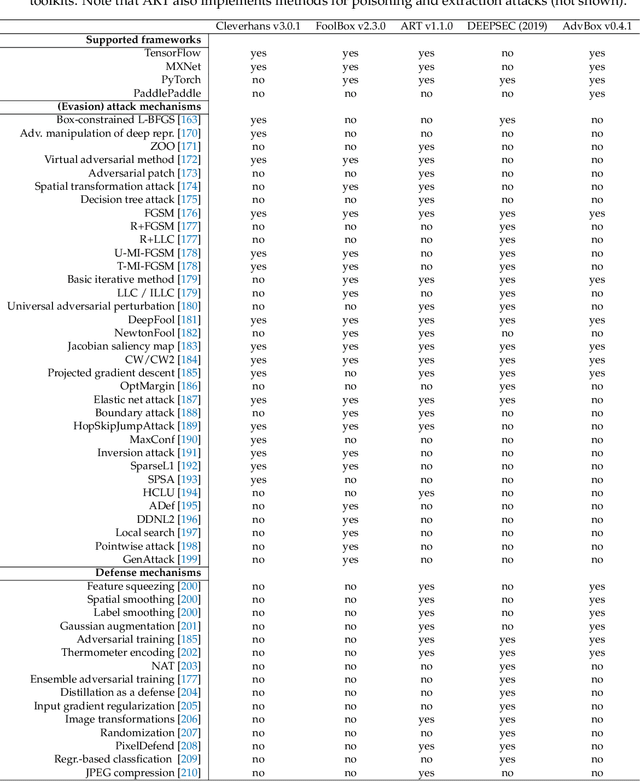
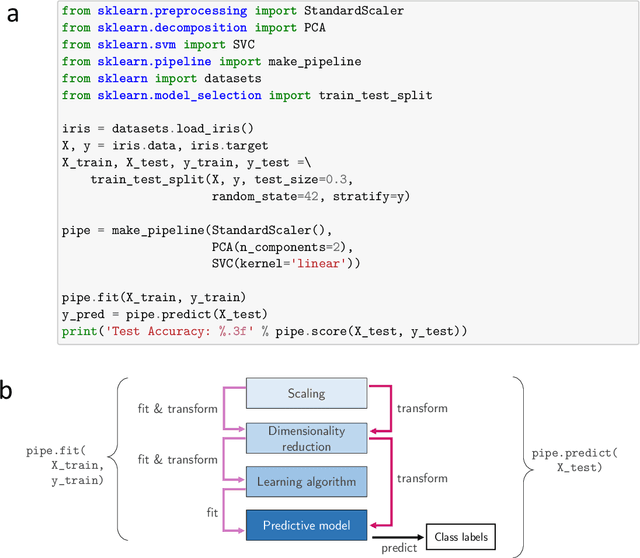

Abstract:Smarter applications are making better use of the insights gleaned from data, having an impact on every industry and research discipline. At the core of this revolution lies the tools and the methods that are driving it, from processing the massive piles of data generated each day to learning from and taking useful action. Deep neural networks, along with advancements in classical ML and scalable general-purpose GPU computing, have become critical components of artificial intelligence, enabling many of these astounding breakthroughs and lowering the barrier to adoption. Python continues to be the most preferred language for scientific computing, data science, and machine learning, boosting both performance and productivity by enabling the use of low-level libraries and clean high-level APIs. This survey offers insight into the field of machine learning with Python, taking a tour through important topics to identify some of the core hardware and software paradigms that have enabled it. We cover widely-used libraries and concepts, collected together for holistic comparison, with the goal of educating the reader and driving the field of Python machine learning forward.
 Add to Chrome
Add to Chrome Add to Firefox
Add to Firefox Add to Edge
Add to Edge